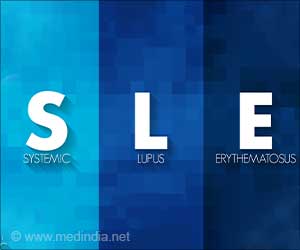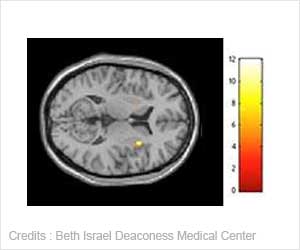Monkeys were able to control the movement of both arms on an avatar using just their brain activity, a new study has suggested.
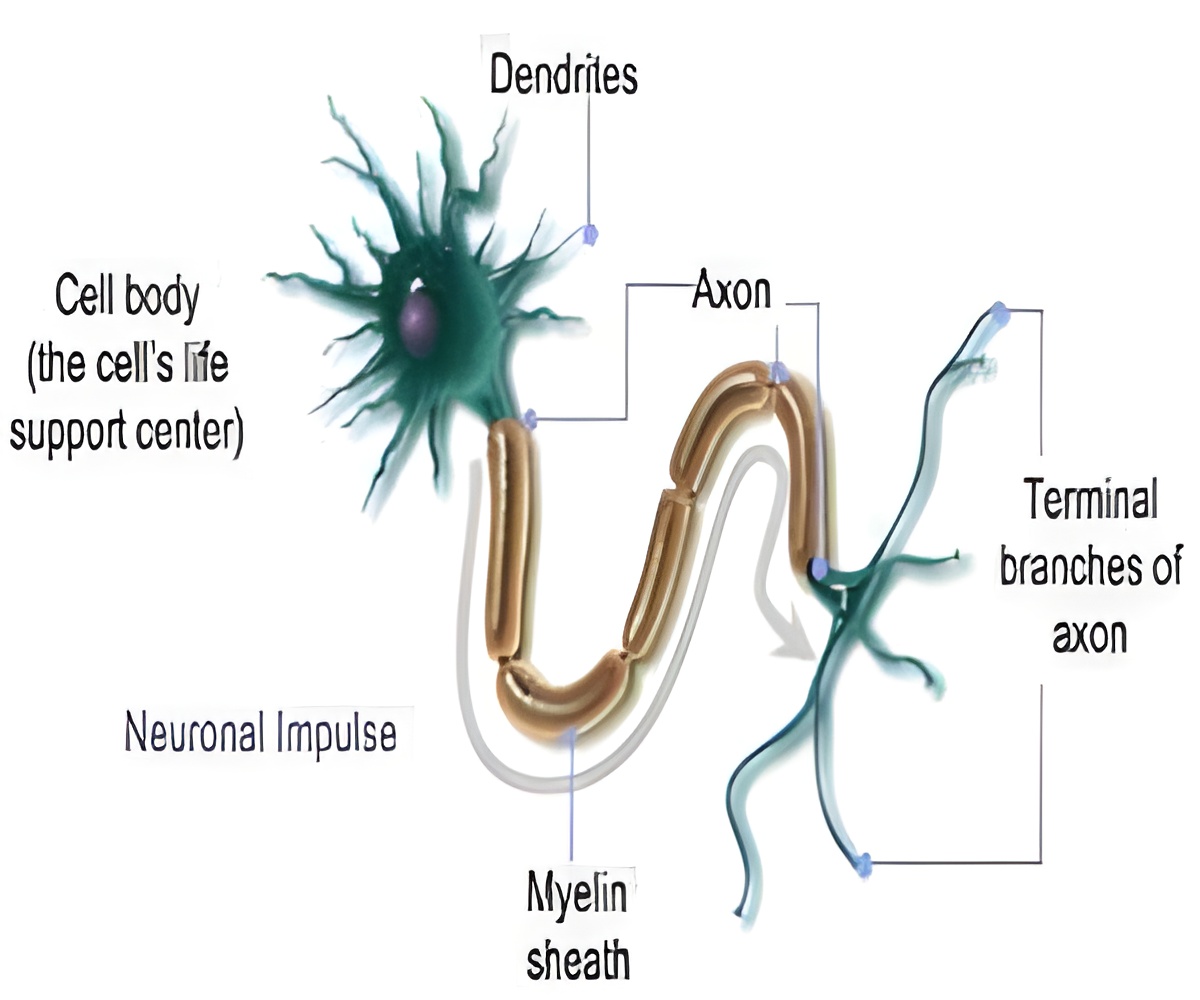
Millions of people worldwide suffer from sensory and motor deficits caused by spinal cord injuries.
Researchers are working to develop tools to help restore their mobility and sense of touch by connecting their brains with assistive devices.
The brain-machine interface approach, pioneered at the Duke University Center for Neuroengineering in the early 2000s, holds promise for reaching this goal. However, until now brain-machine interfaces could only control a single prosthetic limb.
Senior author Miguel Nicolelis, M.D., Ph.D., professor of neurobiology at Duke University School of Medicine, said that bimanual movements in our daily activities-from typing on a keyboard to opening a can-are critically important.
He said that future brain-machine interfaces aimed at restoring mobility in humans will have to incorporate multiple limbs to greatly benefit severely paralyzed patients.
Source-ANI
 MEDINDIA
MEDINDIA
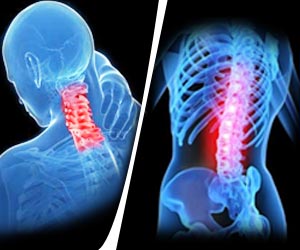

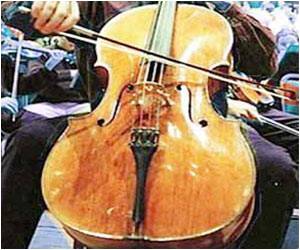

 Email
Email





